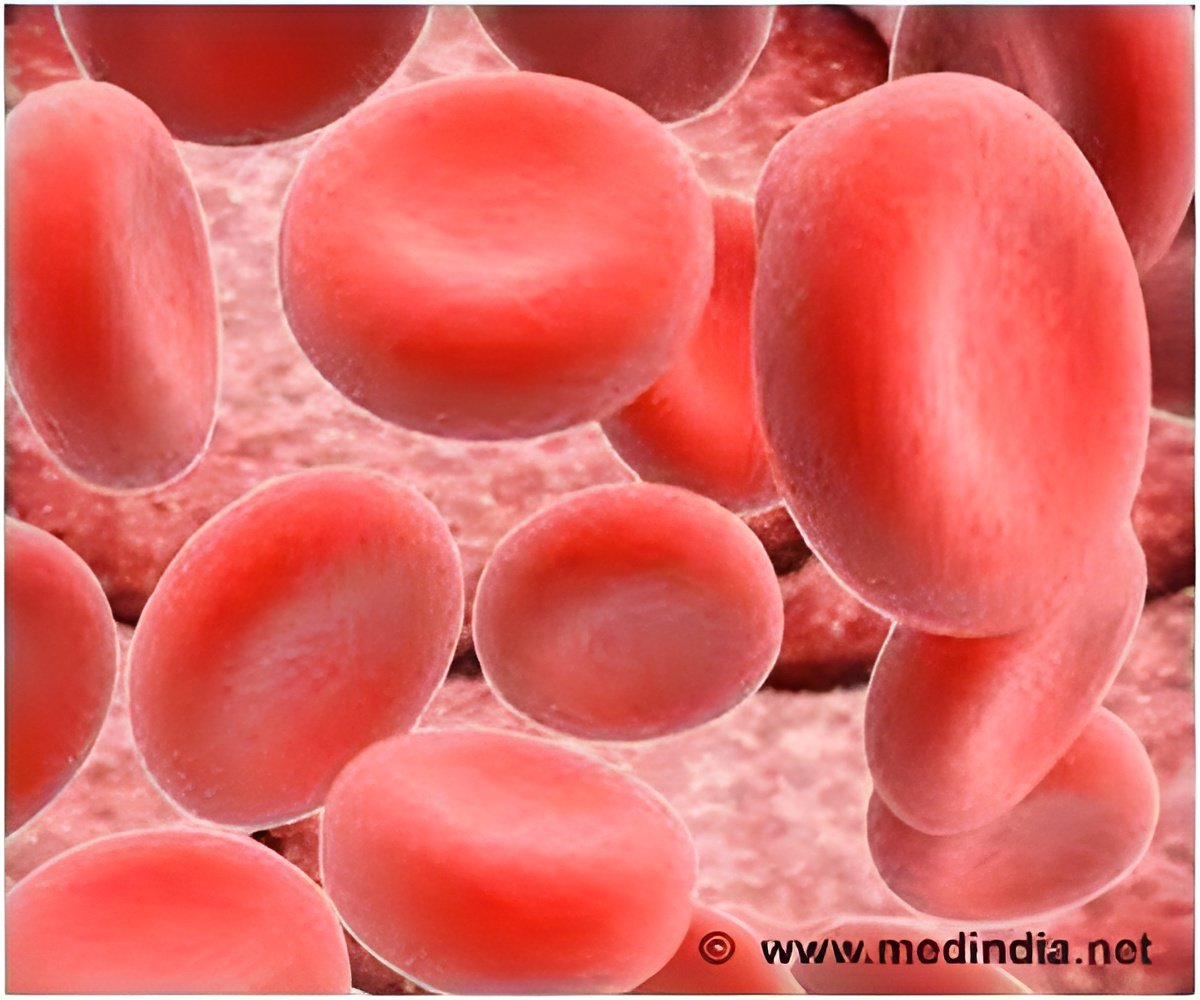Scientists have formulated a distinctive compound that in laboratory tests bars inflammation-causing molecules in blood cells notorious for fuelling ailments devoid of causing harmful toxicity.

They did so by using computer-assisted drug design – verified by laboratory tests on human and mouse inflammatory cells – to precisely target a single component of an enzyme network called NOX2. The enzyme network drives ROS production in immune system white blood cells known as neutrophils. The eventual goal, researchers say, is establishing new small-molecule inhibiting drugs that can stop excessive inflammation and treat a number of inflammation-mediated diseases that need improved therapies.
"Drugs that potently and specifically target ROS production by NOX2 enzyme are an unmet clinical need that will have far-reaching implications for treatment of disease," said Yi Zheng, PhD, a lead investigator on the study and director of Experimental Hematology/Cancer Biology at Cincinnati Children's. "The lead candidate we developed, Phox-I, shows promising inflammation inhibiting activity in cells and mouse models."
The production of ROS in cells is a normal part of the body's immune system, as oxidative enzymes are generated by white blood cells to attack illness-causing microorganisms. In a number of pathologic conditions, however, various environmental stressors (like acute ischemia, chronic infections, etc.) can help trigger an overabundance of biochemical signaling. The signaling occurs through a regulatory pathway involving Rac GTPases, a family of intracellular signal transducers that amplify ROS production by the NOX2 enzyme network.
Normally, Rac GTPases maintain cell growth and survival programs in the body, including the NOX enzyme network and its activation of ROS production in cells. When signaling miscues occur they cause an unusually high burst of ROS production and release harmful superoxide chemicals. This up-regulation creates excessive inflammation that damages tissues and drives the onset of diseases like Chronic Obstructive Pulmonary Disease, ischemia-induced lung and brain damage and hypertension, among others.
Previous attempts to create compounds that target and stop harmful ROS production, including an earlier compound developed by Dr. Zheng's laboratory, have been able to reduce inflammation in cells. Unfortunately, the compounds were not specific or efficient enough in targeting the Rac GTPase regulatory pathway. This meant the compounds inhibited several different cellular processes – including some that are necessary and beneficial – leading to toxicity.
Advertisement
In laboratory tests involving normal human blood cells, leukemic cells and mouse blood cells, Phox-l1blocked p67-phox binding with Rac. It did so in a dose-dependent manner with enough precision to shut down ROS production without causing unwanted toxicity in the cells, the researchers report. In unpublished test results on mouse models of lung inflammation, Zheng said the investigators found that the Phox-I lead compounds are effective in blocking neutrophil mediated inflammation and damage.
Advertisement
Zheng said that although the study data describe an innovative approach that shows promise, a significant amount of additional research is needed before the Phox-I can be tested in humans. The research team continues to experiment with structural alterations to Phox-I to make the compounds more potent in inhibiting excessive ROS and superoxide production without being toxic to normal cells. Researchers are also expanding their tests in mouse models to see how effective the compounds are in safely shutting down the onset of simulated human diseases caused by inflammation.
Source-Eurekalert










